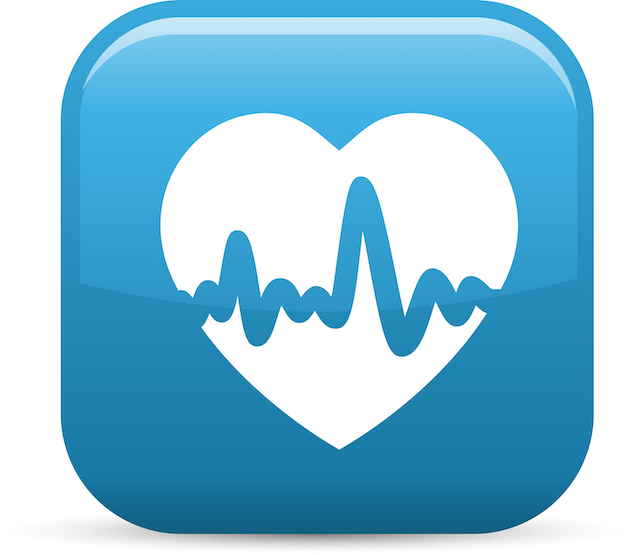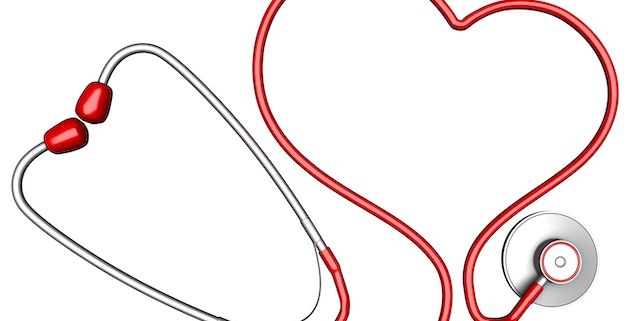What’s the difference between stents and bypass?
 William Stephan, M.D., an interventional cardiologist with Edward Hospital, shared in EEHealth’s Healthy Driven blog that according to the Centers for Disease Control and Prevention, coronary artery disease is the most common type of heart disease and affects more than 18 million adults in the United States.Coronary artery disease develops when the blood vessels that supply your heart with oxygen become diseased or obstructed. This can lead to a reduction or “blockage” of blood flow to your heart and cause symptoms, including chest pain and shortness of breath — potential precursors to a heart attack.
William Stephan, M.D., an interventional cardiologist with Edward Hospital, shared in EEHealth’s Healthy Driven blog that according to the Centers for Disease Control and Prevention, coronary artery disease is the most common type of heart disease and affects more than 18 million adults in the United States.Coronary artery disease develops when the blood vessels that supply your heart with oxygen become diseased or obstructed. This can lead to a reduction or “blockage” of blood flow to your heart and cause symptoms, including chest pain and shortness of breath — potential precursors to a heart attack.
Once coronary artery disease is discovered, it is important to address it right away to avoid a major cardiovascular event, such as a heart attack or stroke. Lifestyle changes and medication are often the first lines of treatment for less severe cases. If these more conservative treatments are not effective, angioplasty with stenting or coronary bypass surgery may be required.
Angioplasty with stenting is a non-surgical procedure that involves threading a tiny wire through the narrowed heart artery. Once across the blockage, a balloon is used to dilate the artery and a stent (small metal coil) is placed to hold the artery open like scaffolding. The stents are medicated to help reduce the likelihood of the vessel developing a recurrent blockage.
During coronary bypass surgery — “open-heart surgery” — a surgeon makes an incision in your chest to gain access to your heart. The surgeon uses veins from your leg and a healthy artery from inside the chest wall to create new pathways for the blood flow — pathways that literally “bypass” the area of obstruction, like a detour on the highway around a construction site.
Although both approaches are effective and can provide a good outcome, there are numerous factors that determine the optimal approach for any given individual. Here are a few key factors your doctor may consider:
- Age and severity of your overall medical condition
- Location of the blocked vessel(s)
- The number of blood vessels that need to be repaired
- History of other conditions, including diabetes and heart muscle weakness
- Other treatments that were already tried (e.g., lifestyle changes or medication)
There are pros and cons to each treatment option. Here are a few to consider when making a decision:
Angioplasty with stenting
- Pro: Less invasive
- Pro: Good for emergency situations
- Con: Not a solution for all coronary artery disease cases
- Pro: Often very effective with faster recovery rates
Coronary bypass surgery
- Con: Major surgical procedure
- Pro: Good for severe cases of coronary artery disease
- Pro: Potentially more complete restoration of normal blood flow
- Pro: Better long-term outcomes in specific situations
There is never a one-size-fits-all solution to medical care. Together with your input, the cardiologist/cardiac surgical team will guide you toward the most appropriate treatment option for your unique situation.
At Edward-Elmhurst Health, our team of cardiologists collaborates to provide patients with expert, individualized care for their hearts. We can help you determine the best approach to treat and manage cardiac conditions. To learn more or to make an appointment with a heart specialist, visit us online or call 630-527-6363.
To find out if you’re at risk for heart disease, take an online HeartAware assessment or make an appointment online.


Leave a Reply
Want to join the discussion?Feel free to contribute!